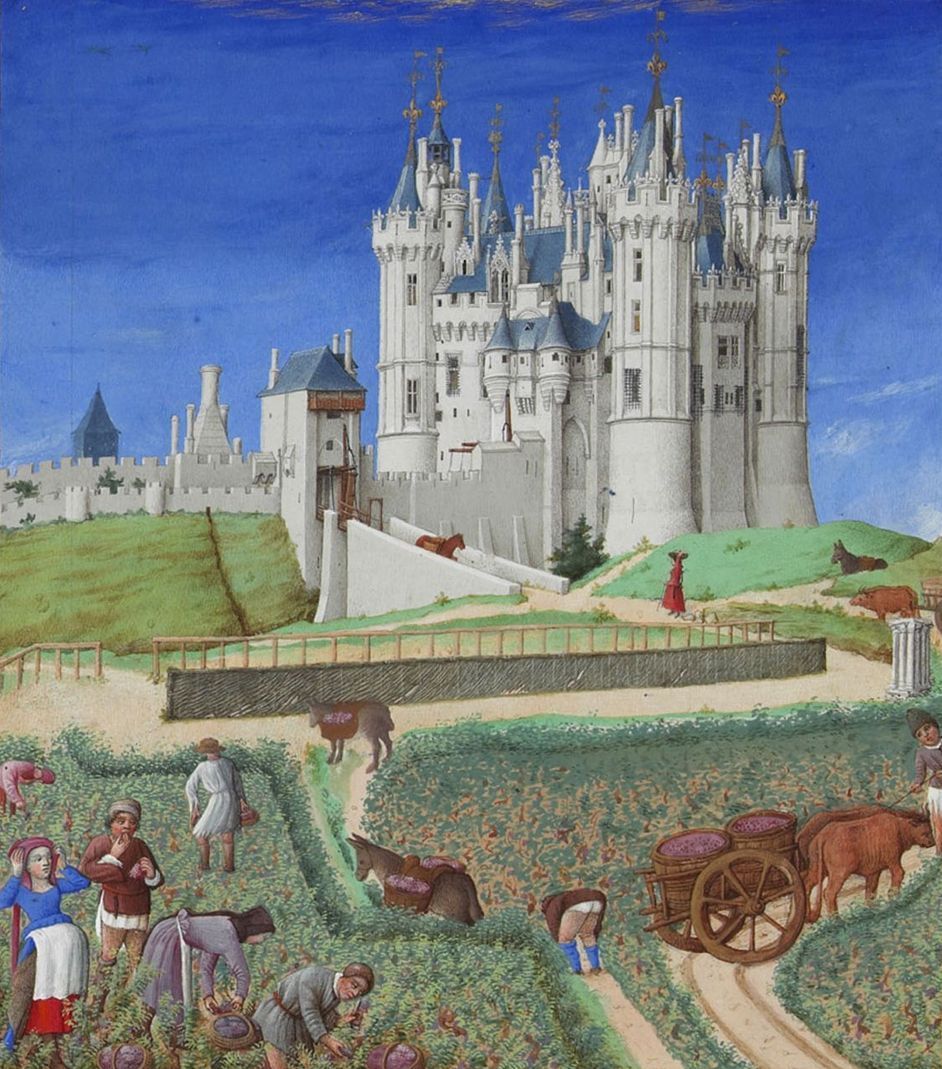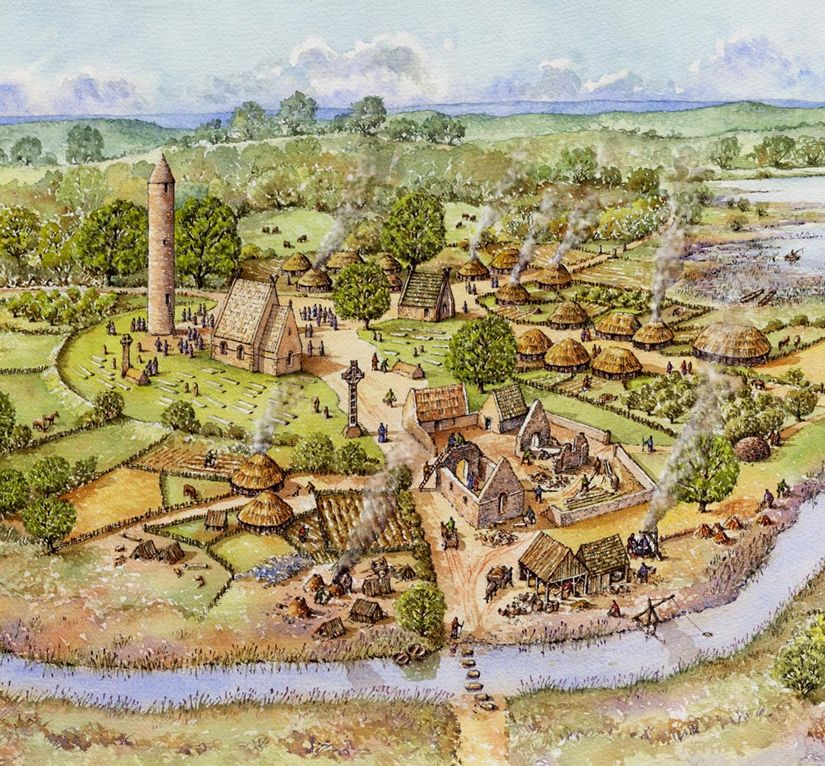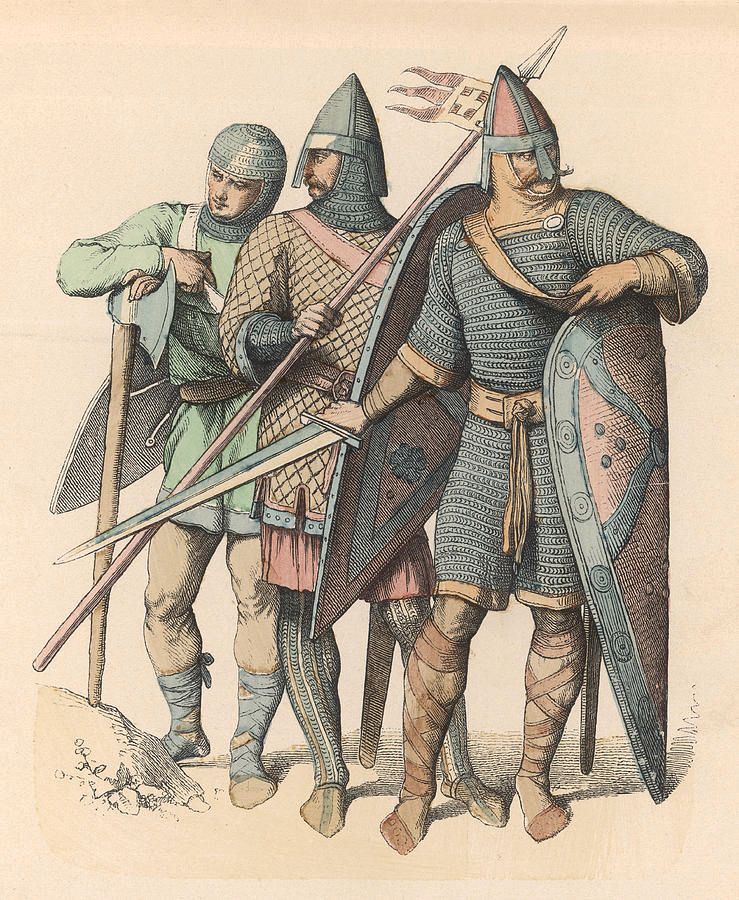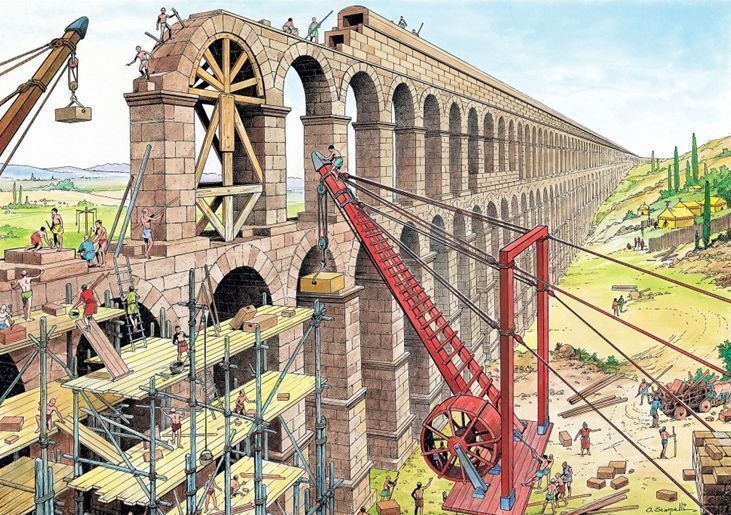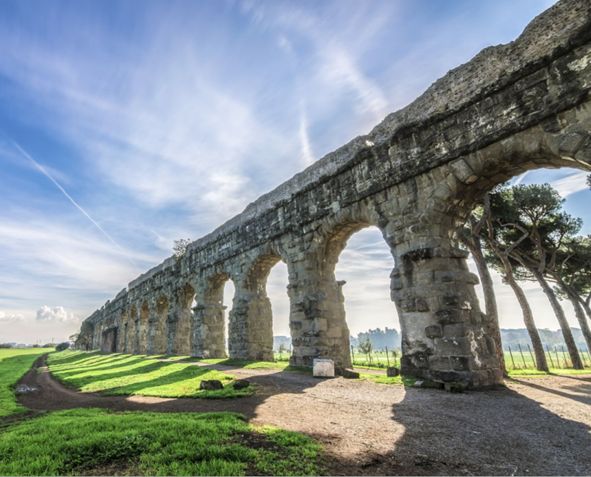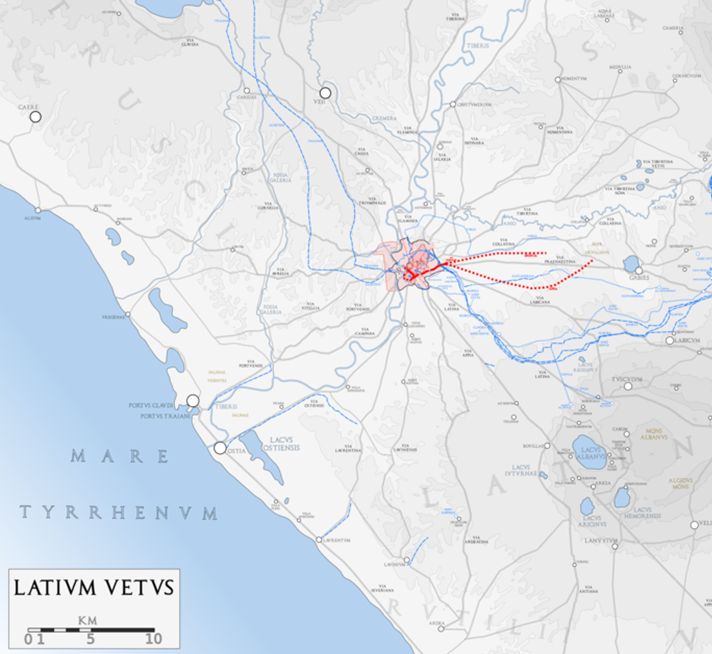The design of a traditional cathedral is theologically based and instructive in the Faith. Though beautiful, its construction is not arbitrary – it wasn’t arranged simply to look pretty. The layout, artwork, statues, and stained glass windows all serve an edifying purpose. 🧵 

The plan of a cathedral is cruciform in shape. The north and south transepts (“arms”) represent Christ’s right and left hands on the cross. The entrance at the West end corresponds with His feet; one enters at the foot of the cross and works upward as they approach the altar.




The church is usually oriented eastward – ad orientem. Worshippers are always facing the rising sun, symbolizing Christ rising from the grave. The layout is divided into three parts: the narthex/vestibule for catechumens, the nave for laymen, and the sanctuary for clergy. 

Let’s now start at the foot of the cross and work our way up toward the top.
The Western entrance is the "porta coeli," or Heaven’s Gate. This entrance contains three arches representing a triune God. Under these arches are double doors signifying Christ’s dual nature.
The Western entrance is the "porta coeli," or Heaven’s Gate. This entrance contains three arches representing a triune God. Under these arches are double doors signifying Christ’s dual nature.

Through the porta coeli is the narthex. Traditionally catechumens and penitents could worship here without entering the nave. In the early Church, catechumens and penitents were prohibited from entering the nave until they had been properly catechized or reconciled. 

Passing beyond the narthex, the baptismal font sits to greet those entering the nave, symbolizing that communion with the Church is first achieved through the waters of baptism.




The main body of the church is called the nave, deriving its name from the latin "navis," meaning “ship.” Here congregants gather in the “arc of salvation.” As Noah’s Arc was the only way to be saved from the flood, so the Church is the only way to be saved from damnation. 

It’s no coincidence that many churches flaunt ribbed vaulted ceilings which resemble the hulls of ships.




To the nave’s sides are confessionals, reminding Christians that the path to salvation requires contrition for one’s sins.
“Confess your sins to one another and pray for one another, that you may be healed.”
“Confess your sins to one another and pray for one another, that you may be healed.”

Moving toward the top of the cross, a casket of a saint sometimes rests in front of the altar, reminding believers that passing through death is a necessary step in becoming fully united with Christ. Most often, a saint’s relics are placed within the altar itself. 

Finally at the back of the cathedral is the altar and tabernacle. The altar is where the sacrifice of the mass occurs, when bread and wine is transubstantiated into the body and blood of Christ, a replication of the Last Supper and Christ’s death on Calvary. 

The tabernacle is directly behind the altar, and houses the literal body of Christ, or “Word of God” as precluded in the Old Testament Ark of the Covenant.




Often at the apse, or top of the cruciform, a circlet of radiating chapels represent the crown of thorns on Christ’s head. 

The layout is not the only theologically significant aspect of a traditional cathedral. Its stained-glass windows act as a veil between the outside secular world and the inside – what has been set apart from the world. 

Like the “Holy of Holies” in Solomon’s temple described in the Old Testament, the inside of a church is veiled from the outside. Stained glass windows create a separation from the secular world to keep the contents within the Church pure.




Statues, mosaics, and paintings help to illustrate important stories in scripture. These images often cover the walls, windows, and ceiling; no space is left bare. This makes it impossible to divert attention away from holy things.




Even if one becomes distracted, their eyes are drawn to the holy images of the Church building, guide one's mind back to God. 

The physical aspects of a cathedral aid its congregants in growing closer to Christ by creating an environment rich with Christian symbolism and meaning. Unfortunately, contemporary churches fail to convey much theological significance with their often lackluster designs.




The focus in this thread was on Western churches; Eastern churches have their own rich architectural tradition and symbolism. Thanks for following along!
• • •
Missing some Tweet in this thread? You can try to
force a refresh


